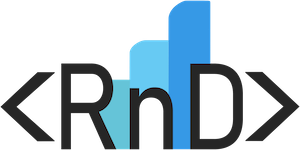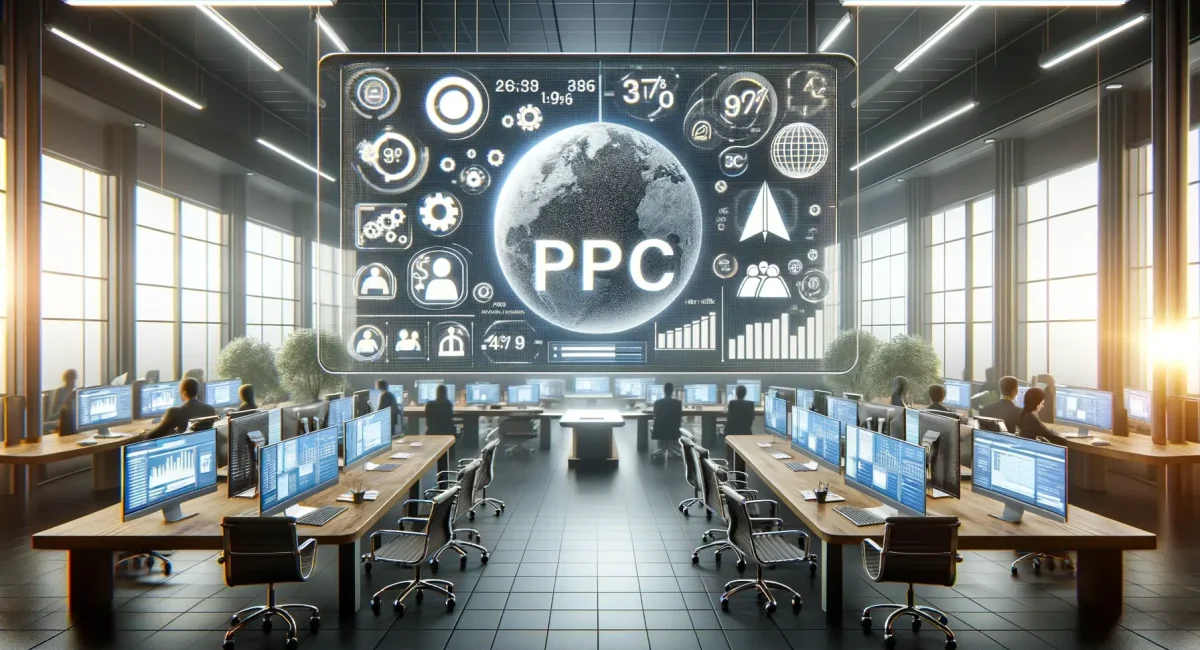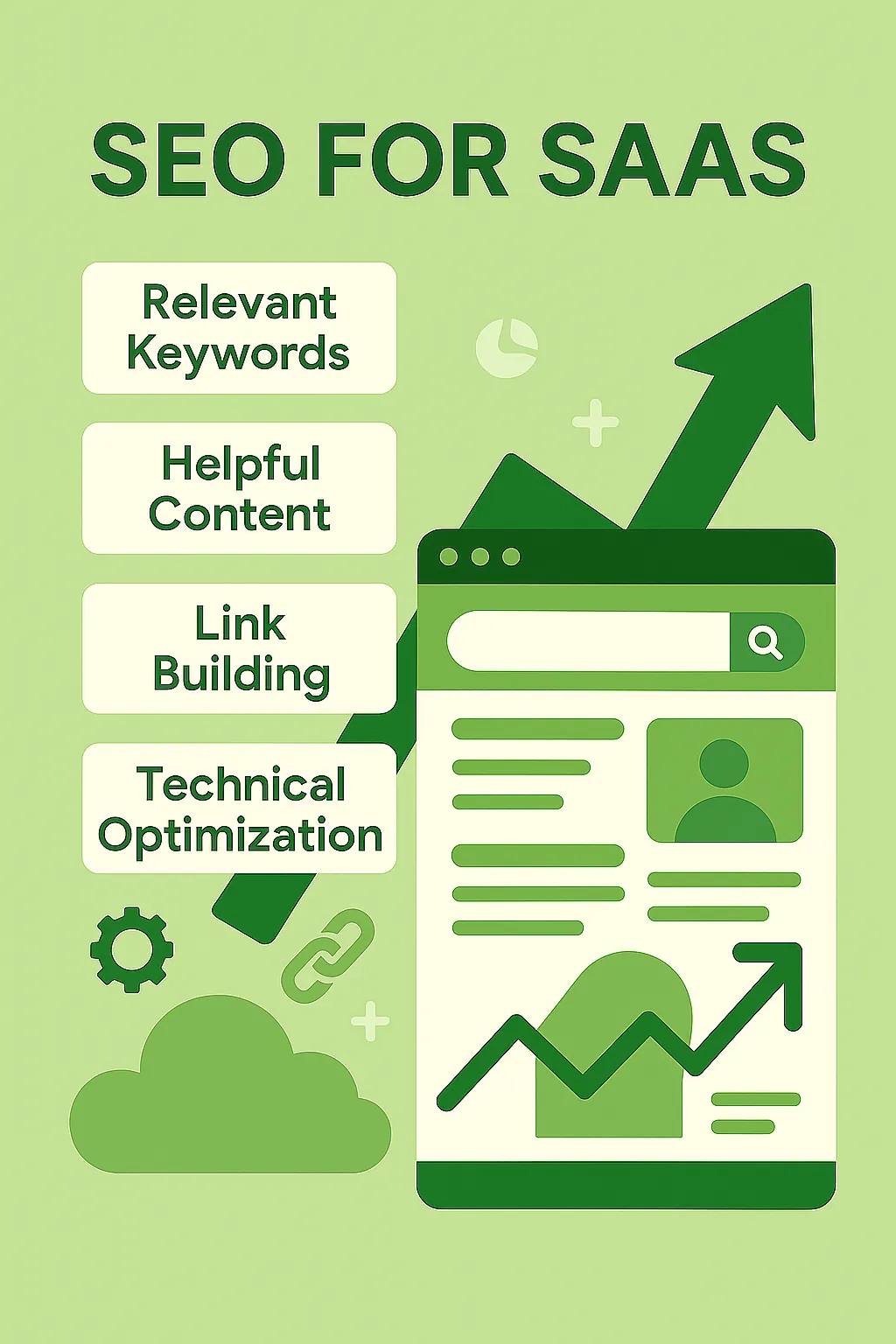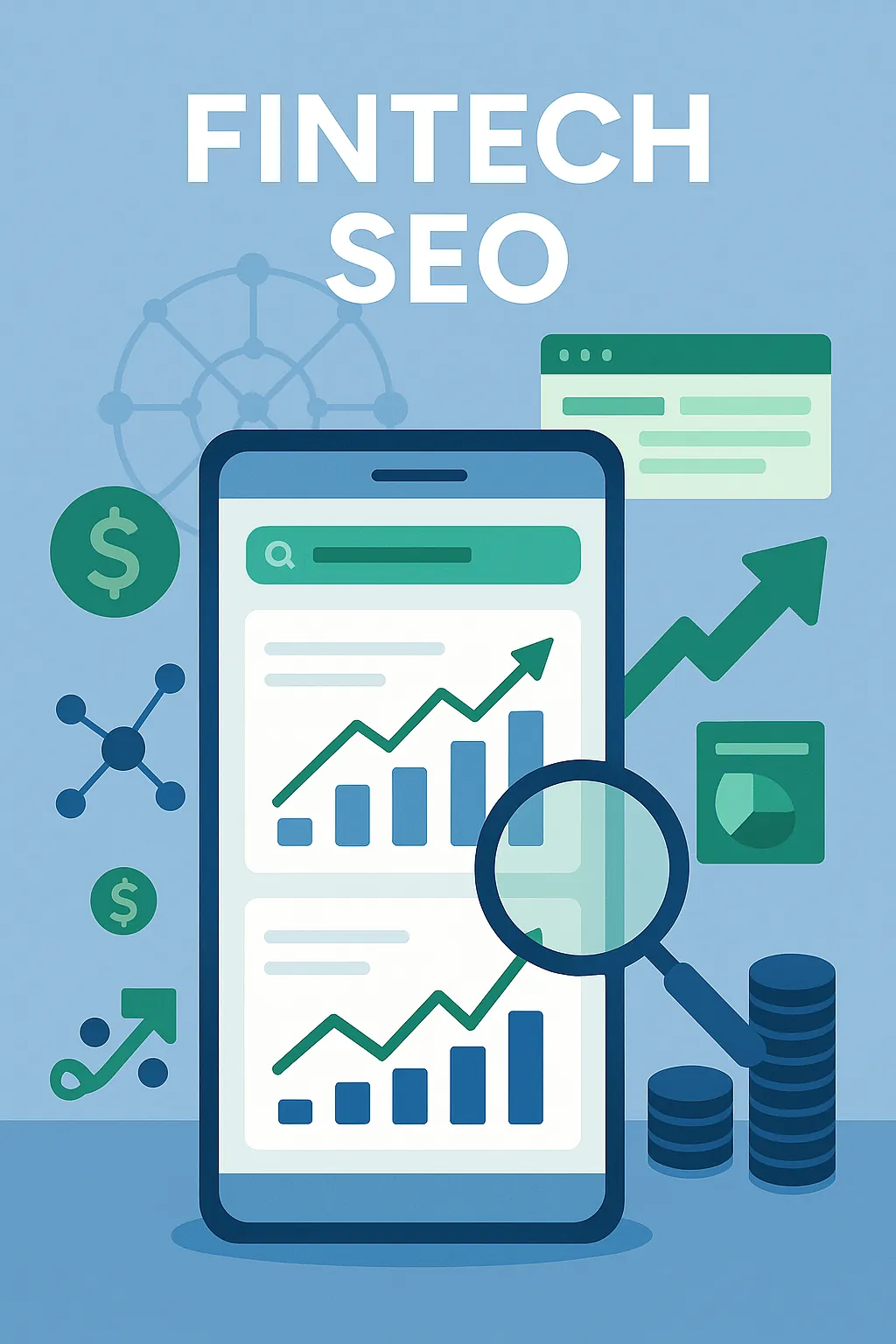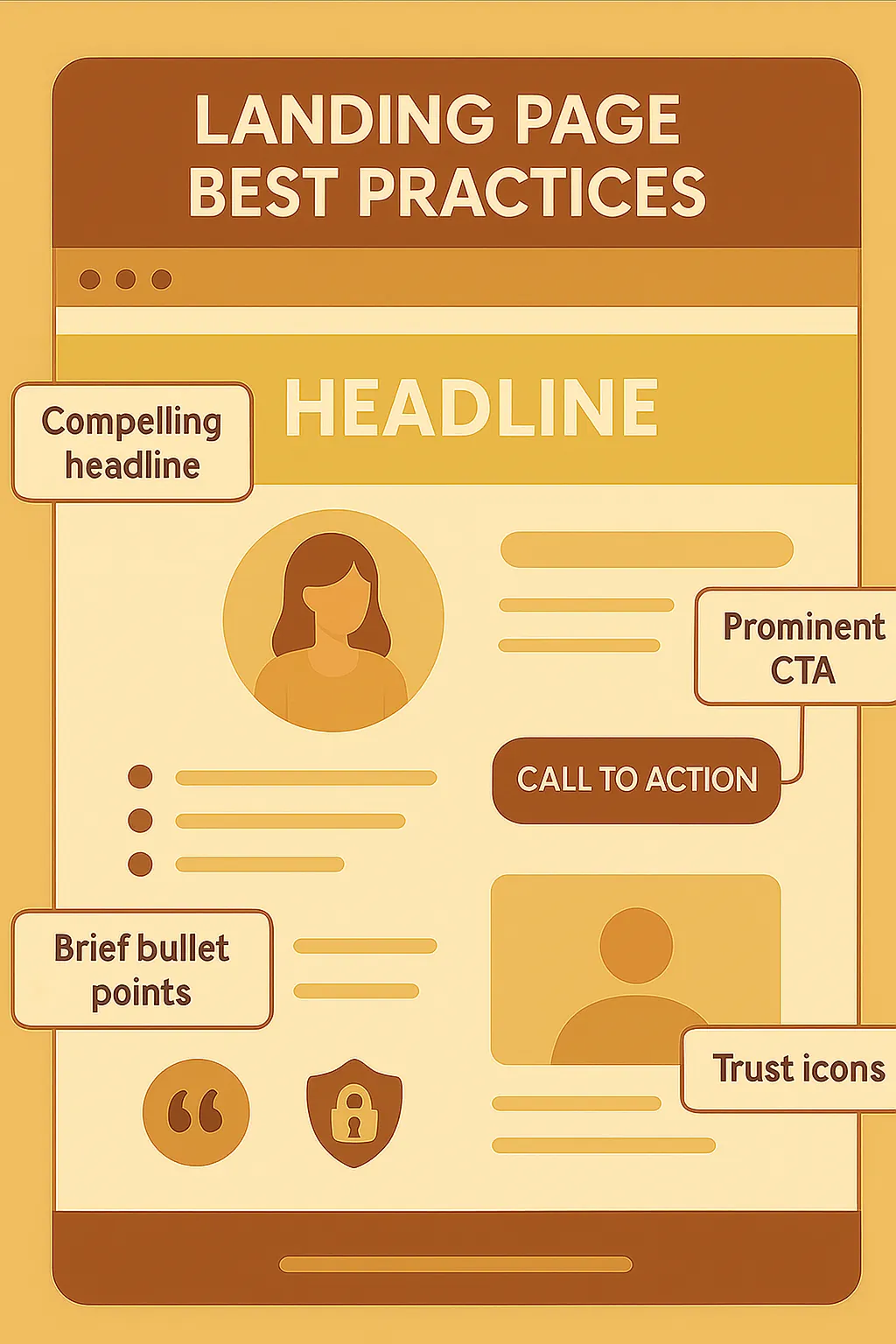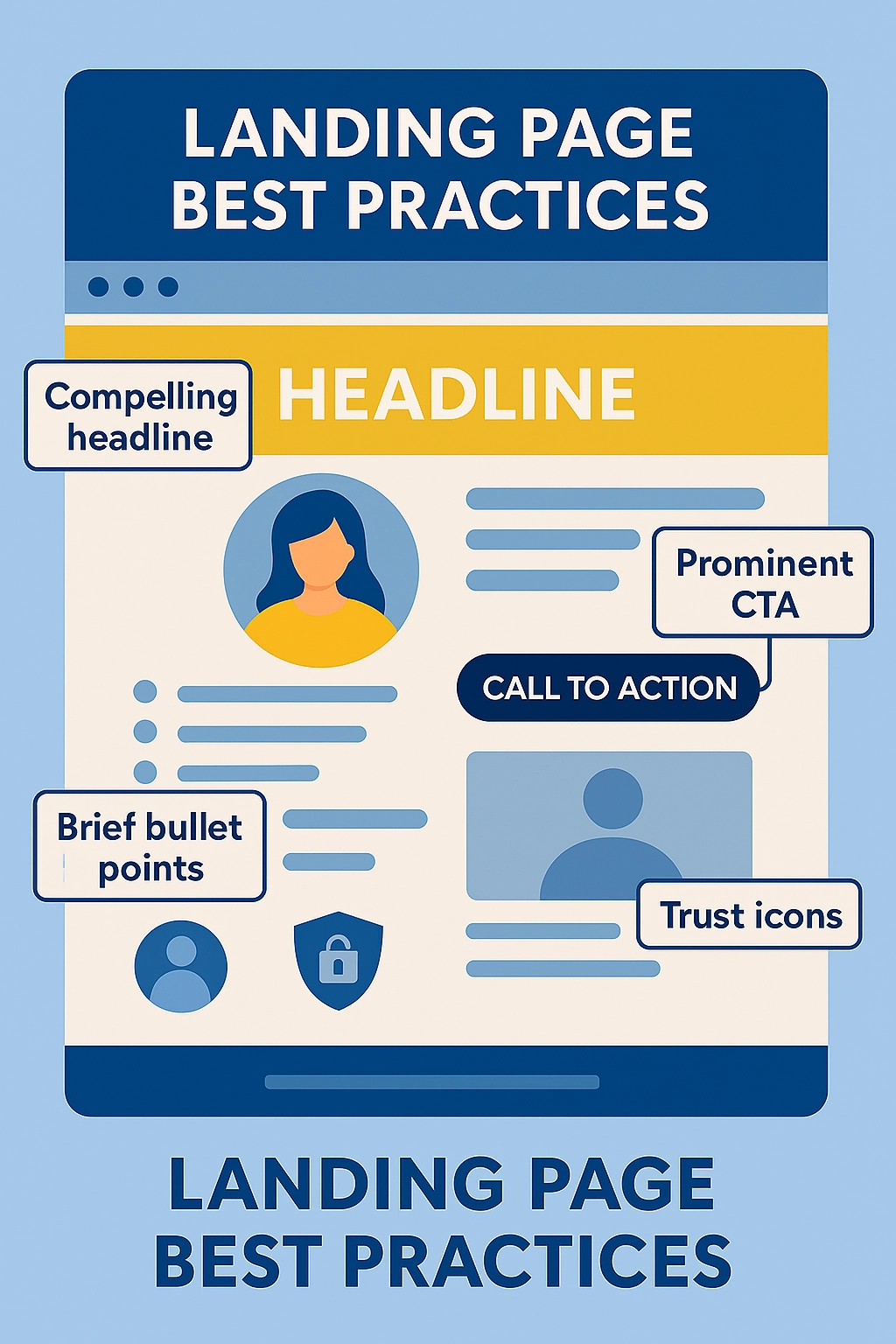Introduction
Picture this: You have a killer product or service ready to revolutionize the market. You’ve invested time, resources, and boundless creativity into crafting the perfect offering. But here’s the catch – if your target audience doesn’t know you exist, your efforts are in vain. This is where PPC swoops in as the ultimate game-changer, propelling your brand into the spotlight and delivering measurable results that defy expectations.
In today’s digital age, where the online marketplace is bustling with competition, businesses are continually seeking effective strategies to stand out and attract customers. Among the myriad of digital marketing tactics available, Pay-Per-Click (PPC) advertising emerges as a formidable force, offering businesses a targeted and measurable approach to reaching their audience.
From its humble beginnings in the early days of search engines like Google and Yahoo, PPC has undergone a remarkable evolution, expanding its reach across a myriad of platforms, including social media networks and display advertising networks. This evolution reflects not only the technological advancements that have reshaped the digital advertising landscape but also the shifting demands and expectations of consumers in an increasingly interconnected world.
What is PPC ?
PPC = Pay Per Click, Now lets dive in.
At its core, PPC, or Pay-Per-Click, is a digital advertising model commonly used in search engine advertising (Google, Bing, Yandex, etc’), where advertisers pay a fee each time a user clicks on their ad. It’s a method of buying visits to your website rather than attempting to earn those visits organically.
For instance, when conducting a search on Google, the initial 2-4 listings often appear as sponsored results. This indicates that your search has activated advertisers’ campaigns, prompting them to display an ad to you.
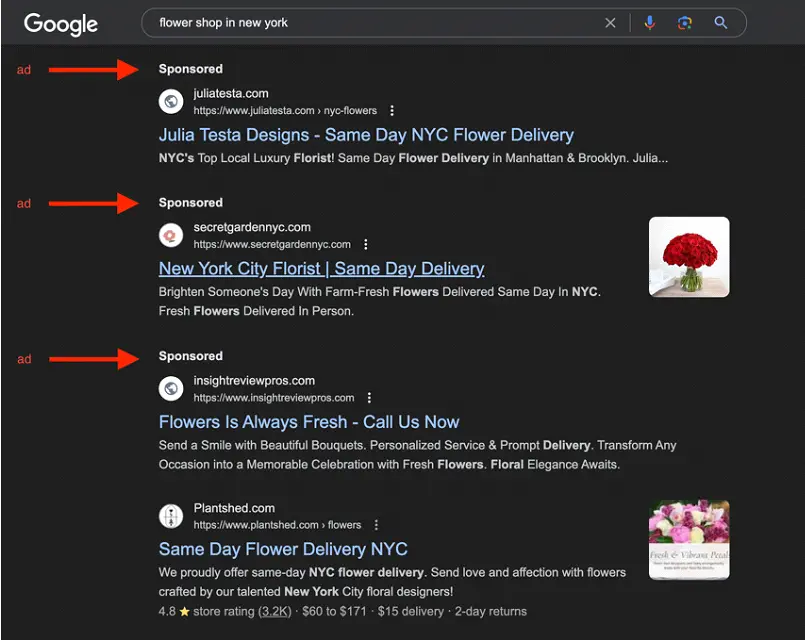
How does PPC works?
The Basics:
- Advertisers bid on specific keywords or phrases relevant to their target audience.
- When a user searches for those keywords, the advertiser’s ad may appear above or below the organic search results.
- Advertisers are charged a predetermined amount only when someone clicks on their ad, hence the term “pay-per-click.”
The Mechanics:
- Keyword Research: Advertisers research and select keywords relevant to their products or services.
- Ad Creation: Compelling ads are crafted, typically comprising a headline, description, and a link to a landing page.
- Ad Placement: Ads are displayed on search engine results pages (SERPs) or other platforms based on bid amount, ad quality, and relevance.
- Auction System: Ad placement is determined through an auction process, where factors like bid amount and ad quality influence the ad’s position and cost.
- Monitoring and Optimization: Advertisers continuously monitor and optimize their campaigns to improve performance and achieve their desired outcomes.
Let’s have a deeper look into understanding the mechanics of cost per click (CPC) and its calculation. The CPC is determined through an instantaneous auction process that occurs behind the scenes when you conduct a search on Google. This auction considers several factors simultaneously. These factors includes:
- Bid placed by advertisers
- Relevance of the ad copy and landing page
- Quality score of the ad
Benefits of PPC
PPC advertising offers a wide range of benefits for businesses looking to increase their online visibility, attract targeted traffic, and drive conversions. Here are some key advantages of PPC advertising:
- Targeted Reach:
PPC enables advertisers to target specific demographics, locations, interests, and devices, ensuring that ads are shown to relevant audiences. This precision targeting helps maximize the effectiveness of ad campaigns by reaching users who are more likely to be interested in the products or services being offered. - Immediate Results:
Unlike organic methods like Search Engine Optimization (SEO), which can take time to generate results, PPC advertising delivers immediate visibility. Ads can appear on search engine results pages (SERPs) or other platforms almost instantly after launch, allowing advertisers to quickly drive traffic to their websites and generate leads or sales. - Measurable ROI:
PPC campaigns are highly measurable, allowing advertisers to track key metrics such as clicks, impressions, conversions, and return on investment (ROI) in real-time. This level of data transparency enables advertisers to assess the performance of their campaigns accurately and make data-driven decisions to optimize their ROI. - Cost Control:
PPC advertising offers flexible budgeting options, allowing advertisers to set daily or monthly budget limits based on their financial constraints. Advertisers only pay when users click on their ads, ensuring that advertising dollars are spent efficiently and effectively - Brand Visibility:
PPC ads appear prominently on search engine results pages (SERPs) and other high-traffic websites, increasing brand visibility and awareness. Even if users don’t click on the ads, the exposure can help reinforce brand recall and influence purchase decisions down the line. - Geo-Targeting:
PPC platforms offer advanced geo-targeting options, allowing advertisers to target users based on their geographic location. This is particularly useful for local businesses looking to attract customers in specific geographic areas or target users in different regions with tailored messaging. - Testing and Optimization:
PPC advertising enables advertisers to conduct A/B testing and experiment with different ad copy, keywords, targeting options, and bidding strategies to optimize campaign performance. This iterative approach allows advertisers to continuously refine their campaigns and improve their results over time. - Competitive Advantage:
By leveraging PPC advertising effectively, businesses can gain a competitive edge in their industry. Advertisers who invest in PPC can outrank competitors in search results, capture market share, and drive growth by reaching potential customers at the right time and place.
Challenges and Considerations in PPC Advertising
- Click Fraud:
Click fraud occurs when individuals or automated bots click on PPC ads with malicious intent, such as depleting a competitor’s advertising budget or artificially inflating click-through rates. Advertisers must implement click fraud detection tools and monitor their campaigns closely to mitigate the impact of click fraud. - Rising Competition:
As more businesses invest in PPC advertising, competition for ad placement and keywords increases, driving up costs and making it more challenging to achieve desired results within budget constraints. Advertisers must continually monitor and adjust their bidding strategies to remain competitive in the marketplace. - Ad Fatigue:
Repeated exposure to the same ad can lead to ad fatigue among users, resulting in decreased engagement and click-through rates over time. Advertisers must refresh ad creative regularly and experiment with different messaging and visuals to keep campaigns relevant and engaging. - Ad Blocking:
The rise of ad-blocking software and browser extensions poses a challenge for advertisers, as it can prevent their ads from reaching users effectively. Advertisers must focus on delivering value-added content and creating non-intrusive ad experiences to mitigate the impact of ad blocking on their campaigns. - Ad Rank and Quality Score:
Ad Rank, which determines the position of ads on search engine results pages (SERPs), is influenced by factors such as bid amount, ad quality, and relevance. Advertisers must focus on optimizing their Quality Score by improving ad relevance, click-through rates, and landing page experience to achieve higher ad positions and lower costs per click. - Ad Copy and Landing Page Optimization:
Crafting compelling ad copy and designing optimized landing pages are essential for driving conversions and maximizing ROI. Advertisers must continually test and optimize ad creative, headlines, descriptions, and landing page elements to improve campaign performance and user experience. - Budget Allocation and ROI Measurement:
Determining the optimal budget allocation across campaigns and channels and accurately measuring ROI are critical challenges in PPC advertising. Advertisers must strike a balance between maximizing exposure and maintaining profitability while leveraging advanced analytics tools to track and attribute conversions across multiple touchpoints accurately. - Algorithm Changes and Platform Updates:
PPC platforms like Google Ads and Microsoft Advertising regularly update their algorithms and introduce new features, which can impact campaign performance and require advertisers to adapt their strategies accordingly. Advertisers must stay informed about industry trends and platform updates and be prepared to adjust their tactics in response to algorithm changes.
Navigating these challenges and considerations requires strategic planning, ongoing optimization, and a willingness to adapt to evolving market dynamics. By addressing these challenges proactively and leveraging best practices, advertisers can maximize the effectiveness of their PPC campaigns and achieve their marketing objectives in the competitive digital landscape.
How to measure a PPC campaign
Measuring the success of PPC campaigns is crucial for advertisers to assess performance, optimize strategies, and demonstrate ROI. Here’s how to effectively measure PPC success:
- Key Performance Indicators (KPIs):
Identify relevant Key Performance Indicators (KPIs) to measure the success of your PPC campaigns. Common KPIs include:
⦁ Click-Through Rate (CTR): Measures the percentage of users who clicked on your ad after seeing it.
⦁ Conversion Rate: Measures the percentage of users who completed a desired action, such as making a purchase or filling out a form, after clicking on your ad.
⦁ Cost Per Click (CPC): Measures the average cost you pay for each click on your ad.
⦁ Return on Investment (ROI): Measures the profitability of your PPC campaigns by comparing the revenue generated from ad clicks to the cost of running the campaigns.
- Conversion Tracking:
Implement conversion tracking to attribute conversions back to specific PPC campaigns, keywords, and ads. This allows you to accurately measure the impact of your PPC efforts on lead generation, sales, and other desired outcomes. - Google Analytics Integration:
Integrate Google Analytics with your PPC campaigns to gain deeper insights into user behavior, website engagement, and conversion paths. Analyze metrics such as bounce rate, session duration, and goal completions to understand the effectiveness of your PPC traffic. - Ad Performance Analysis:
Regularly review and analyze the performance of your ads, ad groups, and campaigns to identify strengths, weaknesses, and opportunities for improvement. Pay attention to metrics such as impression share, ad position, and Quality Score to optimize your ad performance. - A/B Testing
Conduct A/B tests to compare different ad variations, landing pages, and targeting options to determine which strategies yield the best results. Test variables such as ad copy, headlines, call-to-action buttons, and bidding strategies to optimize performance and maximize ROI. - Attribution Modeling:
Use attribution modeling to evaluate the contribution of each touchpoint in the customer journey to conversions. Analyze data-driven attribution models to understand the influence of PPC ads at different stages of the conversion funnel and allocate budget accordingly. - Regular Reporting and Analysis:
Generate regular reports to track the performance of your PPC campaigns over time. Use dashboards and visualization tools to present data in a clear and actionable format. Conduct in-depth analysis to identify trends, patterns, and areas for optimization.
By effectively measuring PPC success through KPIs, conversion tracking, analytics integration, ad performance analysis, A/B testing, attribution modeling, and regular reporting, advertisers can gain valuable insights into the effectiveness of their PPC campaigns and make informed decisions to optimize performance and drive business results.
Conclusion
In conclusion, Pay-Per-Click (PPC) advertising stands as a dynamic and indispensable tool in the arsenal of modern digital marketers. From its ability to deliver targeted reach and immediate results to its robust measurement capabilities and continuous optimization opportunities, PPC offers businesses a powerful avenue for achieving their marketing objectives in the competitive landscape of online advertising.
As we’ve explored throughout this article, PPC advertising empowers advertisers to:
⦁ Reach targeted audiences with precision, ensuring that ads are shown to those most likely to engage and convert.
⦁ Drive immediate visibility and traffic to websites, bypassing the time constraints associated with organic methods like SEO.
⦁ Measure campaign performance with granularity, enabling data-driven decision-making and optimization for maximum ROI.
⦁ Adapt and evolve strategies in real-time, staying agile in response to changing market dynamics and consumer behaviors.
However, it’s essential to recognize that mastering PPC advertising requires dedication, expertise, and ongoing refinement. From navigating the complexities of keyword research and ad creation to optimizing bids, targeting, and ad performance, success in PPC hinges on a commitment to continuous learning and adaptation, so keep in mind those points while contacting a PPC agency.
As digital advertising landscapes evolve and competition intensifies, the importance of PPC as a strategic pillar of marketing strategies only grows. By embracing best practices, leveraging advanced tools and analytics, and staying attuned to industry trends and platform updates, advertisers can harness the full potential of PPC to drive business growth and achieve their marketing objectives in the digital age.
